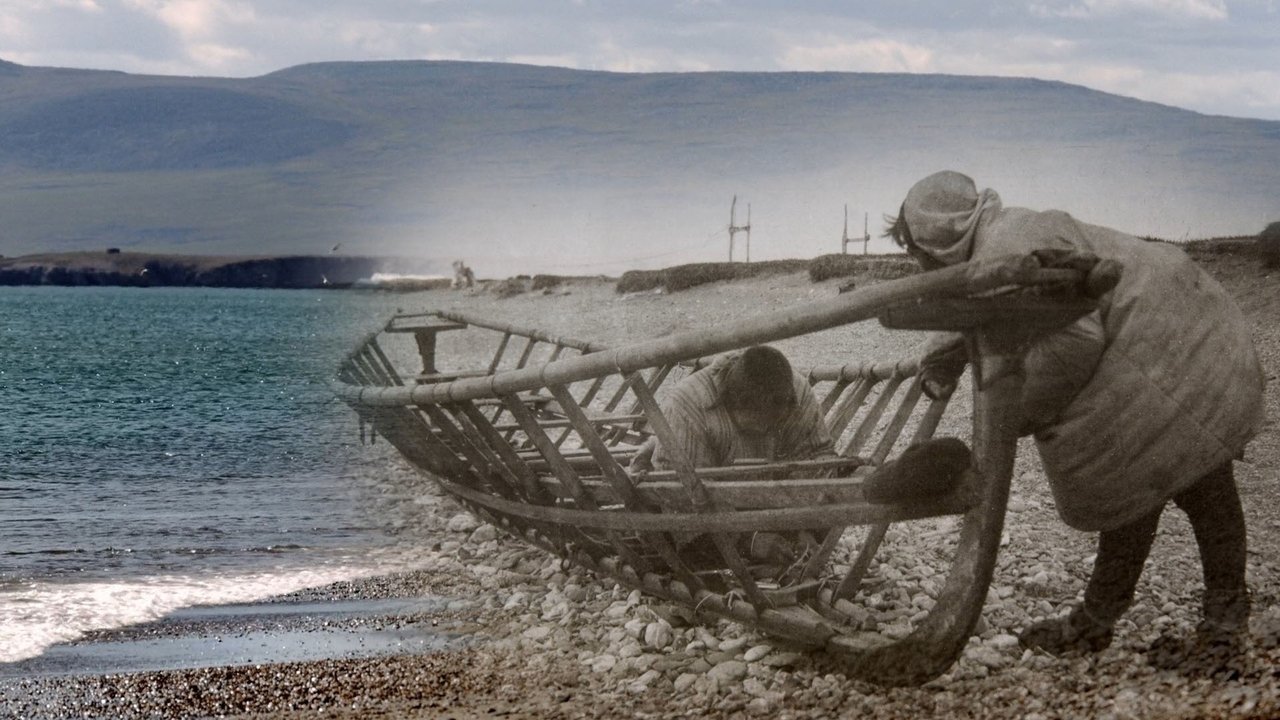
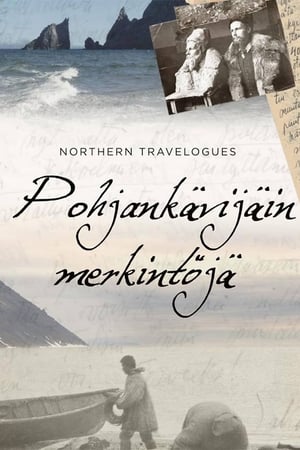
Northern Travelogues(2019)
In 1917 Finnish explorer Sakari Pälsi travelled to Northeastern Siberia carrying a cinematograph and 13,000 feet of film with him. The journey produced a unique documentary film and a travelogue. A hundred years later director Kira Jääskeläinen returns to the Bering Strait in Pälsi's footsteps. Combining old and new film footage, Pälsi's notes and the stories of the local indigenous peoples, the film highlights the story of the Chukchi and Siberian Eskimos from bygone days till today.

Movie: Northern Travelogues

Pohjankävijäin merkintöjä
HomePage
Overview
In 1917 Finnish explorer Sakari Pälsi travelled to Northeastern Siberia carrying a cinematograph and 13,000 feet of film with him. The journey produced a unique documentary film and a travelogue. A hundred years later director Kira Jääskeläinen returns to the Bering Strait in Pälsi's footsteps. Combining old and new film footage, Pälsi's notes and the stories of the local indigenous peoples, the film highlights the story of the Chukchi and Siberian Eskimos from bygone days till today.
Release Date
2019-03-07
Average
0
Rating:
0.0 startsTagline
Genres
Languages:
Keywords
Similar Movies
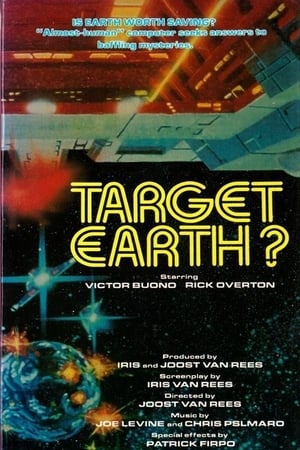 4.0
4.0Target... Earth?(en)
Really strange documentary of Wheeler Dixon production quality on the Tunguska Event and the possibility of it happening again causing an apocalypse (basically a meteor scare film) sprinkled with UFO conspiracy kooks, and other 'professionals', riddled with stock footage of all kinds, freaky moog music and sound fx, a Dr. Who rip-off end theme, Victor Buono as Homer the Archivist, a philosophical history recorder in a space ship with a HAL 9000 type talking computer named Ino, there's also another space ship with Egyptian looking aliens girls with pasties and see-thru blouses.
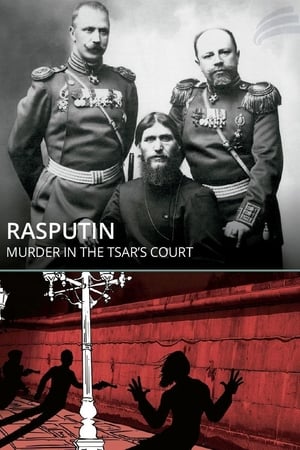 5.8
5.8Rasputin: Murder in the Tsar's Court(de)
St. Petersburg, Russia, December 30th, 1916. Grigori Rasputin is assassinated. The story of the humble peasant who became the most influential adviser to czarina Alexandra Feodorovna, wife of the last czar, Nicholas II Romanov.
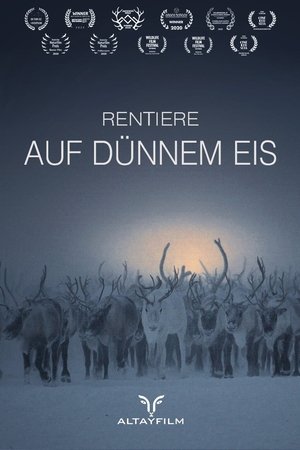 7.8
7.8On Thin Ice(de)
Climate change has reached the indigenous Nenets people in the north of Siberia. The nomads' herds of reindeer move on thin ice. The warming in the Russian Arctic is becoming dramatically visible. Huge craters open in the thawing permafrost and expose dangerous viruses and bacteria. Forest floors dry out and the taiga catches on fire. The pack ice off the coast is melting and depriving polar bears of their habitat so that they approach human settlements in their desperation. The changes in the nature of the Arctic Circle combine with the measurements of researchers and observations of the indigenous people to form a disturbing overall picture: In the Russian Arctic, Pandora's box has been opened! The film team had the chance to shoot in regions that were been restricted areas for decades. The documentary shows in impressive and depressing images already existing effects, phenomena and ominous interlinkages of global warming.
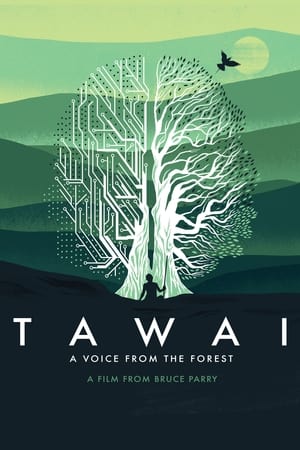 6.2
6.2Tawai: A Voice from the Forest(en)
Explorer Bruce Parry visits nomadic tribes in Borneo and the Amazon in hope to better understand humanity's changing relationship with the world around us.
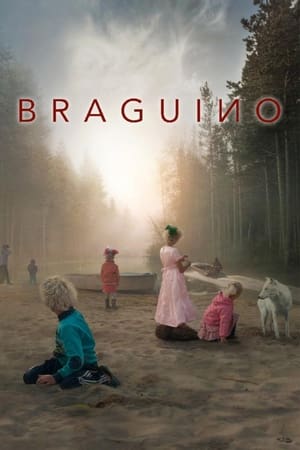 7.4
7.4Braguino(ru)
In the middle of the Siberian taiga, 450 miles from the nearest village, live two families : the Braguines and the Kilines. Not a single road leads there. A long trip on the Ienissei River, first by boat, then by helicopter, is the only way to reach Braguino. Self-sufficient, both families live there according to their own rules and principles. In the middle of the village: a barrier. The two families refuse to speak. In the river sits an island, where another community is being built : that of the children. Free, unpredictable, wild. Stemming from the fear of the other, that of wild beasts, and the joy procured by the immensity of the forest, unravels a cruel tale in which tensions and fear give shape to the geography of an ancestral conflict.
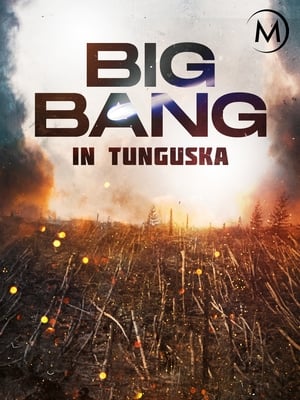 7.4
7.4Big Bang in Tunguska(de)
At 7:14 am on 30 June 1908, the largest explosion recorded in human history to date reverberated throughout our planet. The force of the explosion was two thousand times that of the Hiroshima bomb. A woodland area the size of Luxembourg was eradicated in the Siberian taiga. This incident is recorded in history books as the Tunguska catastrophe. To this day, internationally renowned scientists of various disciplines argue about the causes of this disastrous explosion. The documentary discusses the latest and most controversial insights of these leading scientists. It identifies the reasons why Tunguska has evolved into a phenomenon and points out the curious results produced by this mythical event in culture and economy.
 6.2
6.2I Don't Believe in Anarchy(ru)
The film details the early years of the legendary Siberian Punk/Rock group 'Гражданская Оборона' (Grazhdanskaya Oborona), and its frontman, Egor Letov.
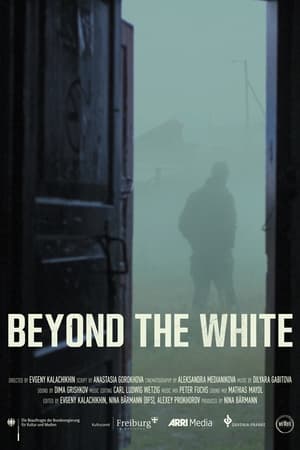 0.0
0.0Beyond the White(en)
In Northern Russia, a few dozen people still live in their traditional houses surrounded by water, stone, and sand. Cut off from vital infrastructure, almost forgotten by regional governance, these people have to cope with their everyday struggles.
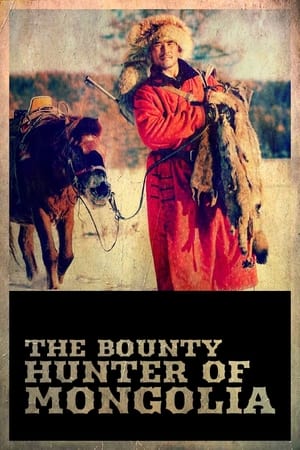 8.0
8.0The Bounty Hunter of Mongolia(fr)
In the Darhat valley in northern Mongolia, the horses of nomadic tribes are stolen by bandits who then sell them to Russian slaughterhouses. Shukhert, a brave horseman, relentlessly pursues them through the Mongolian taiga, bordering Siberia.
 7.5
7.5Eastern Memories(fi)
At the turn of the 19th and 20th century Finnish philologist G. J. Ramstedt travelled around Mongolia and Central-Asia. In this documentary Ramstedt’s memoirs are heard in the modern day setting, where tradition is replaced with hunger for money, and deserts give way to cities.
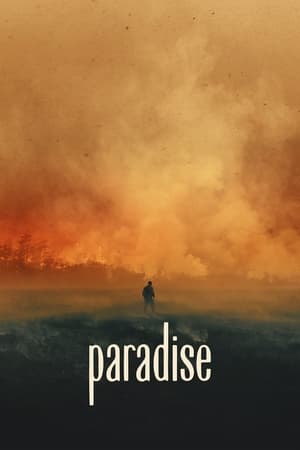 6.3
6.3Paradise(ru)
In 2021, an extreme heatwave gave rise to huge wildfires in the vast subarctic forests of Sakha, a northeastern republic in Siberia. The village of Shologon lies in this taiga landscape, shrouded in orange smoke and black ash. The forest is burning and the flames are approaching fast.
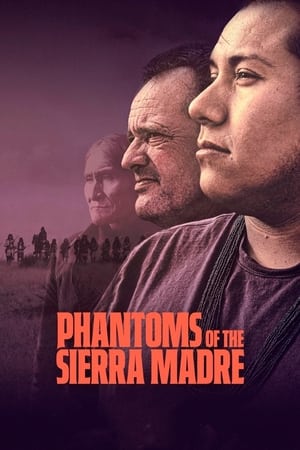 0.0
0.0Phantoms of the Sierra Madre(en)
A Danish writer travels to Mexico with the purpose of locating a mysterious Apache tribe that fervently seeks to remain in obscurity.
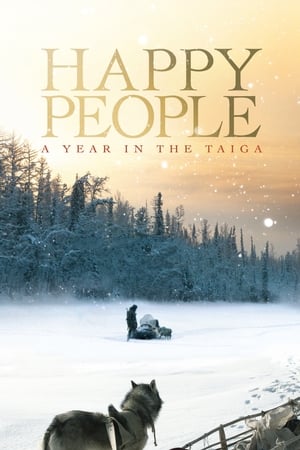 7.3
7.3Happy People: A Year in the Taiga(en)
In the center of the story is the life of the indigenous people of the village Bakhtia at the river Yenisei in the Siberian Taiga. The camera follows the protagonists in the village over a period of a year. The natives, whose daily routines have barely changed over the last centuries, keep living their lives according to their own cultural traditions.
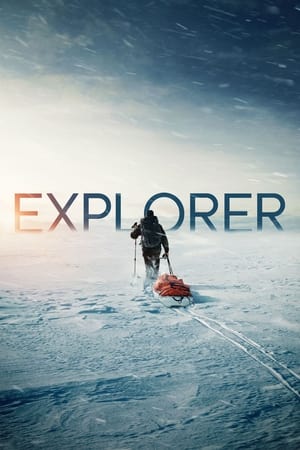 6.5
6.5Explorer(en)
Sir Ranulph Fiennes is credited as being the World’s Greatest Living Explorer. Among his extraordinary achievements, he was the first to circumnavigate the world from pole to pole, crossed the Antarctic on foot, broke countless world records, and discovered a lost city in Arabia. He has travelled to the most dangerous places on Earth, lost half his fingers to frostbite, raised millions of pounds for charity and was nearly cast as James Bond. But who is the man who prefers to be known as just ‘Ran’?
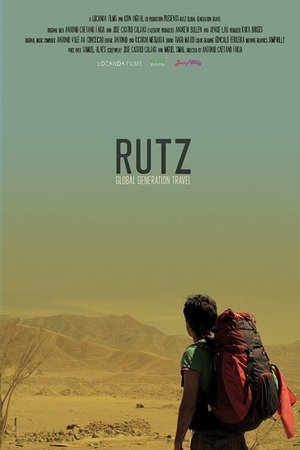 10.0
10.0RUTZ: Global Generation Travel(pt)
A two and half month journey from Buenos Aires (Argentina) to Medellin (Colombia), through some of the most amazing places in South America, immersed in the Backpacker's culture.
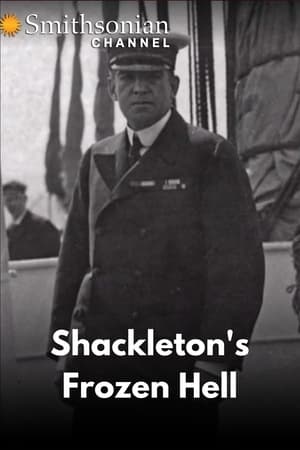 0.0
0.0Shackleton's Frozen Hell(en)
In 1914, the world's first trans-Antarctic expedition came to a cold stop. Trapped in ice just 60 miles from their destination, explorer Ernest Shackleton and his crew found themselves in a dire situation that would play out as a two-year battle against starvation, sub-zero conditions, and the threat of being swallowed by the unforgiving Southern Ocean. Witness this incredible story of courage and survival, fueled by ship captain Frank Worsley's exceptional navigational skills, the crew's resiliency, and Shackleton's cool-headed leadership.
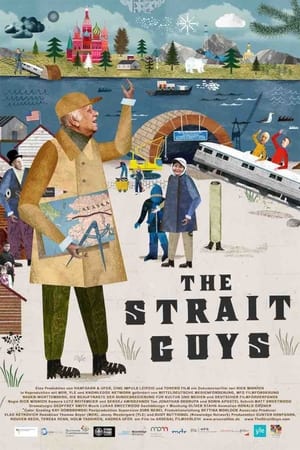 6.0
6.0The Strait Guys(en)
THE STRAIT GUYS follows Czech-born mining engineer, George, and his fast-talking protégé, Scott, along the proposed route of the InterContinental Railway through Alaska, to the Bering Strait and onward to Russia. The “Strait Guys” endeavor to convince international governments, corporations, and indigenous tribes to green-light their $100 billion railway project, which would provide ground-based infrastructure across the continents, relieve overcrowded Pacific ports, improve global supply chains, and ease tensions between the superpowers. The US and Russia have been successfully collaborating in space for decades. Now the Strait Guys are out to prove it is also possible down here on earth.
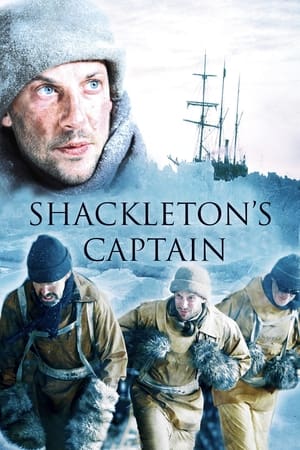 6.6
6.6Shackleton's Captain(en)
In 1914 Sir Ernest Shackleton's Imperial Trans Antarctic Expedition headed for the South Pole and disaster. Shackleton's Captain reveals the truth behind the spectacular survival of all the crew and shows how one man's extraordinary skill and unsung heroism made it possible: Frank Worsley, Captain of the expedition ship, Endurance.
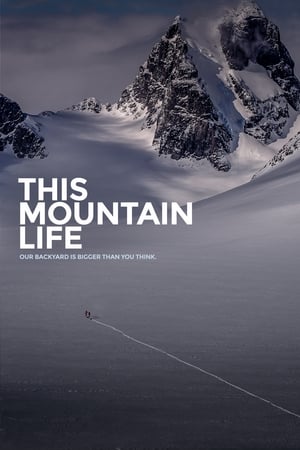 6.2
6.2This Mountain Life(en)
A daughter and her 60-year-old mother embark on a 6 month, 2,300-kilometre ski trek through British Columbia’s rugged terrain.
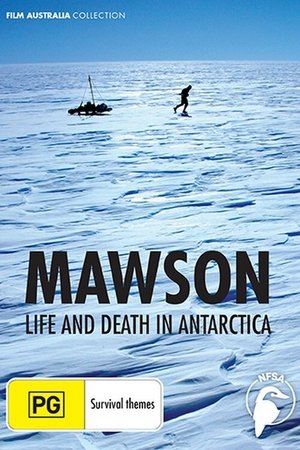 4.0
4.0Mawson: Life and Death in Antarctica(en)
The Douglas Mawson Antarctic Expedition of 1912 is considered one of the most amazing feats of endurance of all time. Although his two companions perished, Douglas Mawson survived, but how? In a bold historical experiment, scientist and adventurer Tim Jarvis is retracing the gruelling experience, with the same meagre rations, primitive clothing and equipment to uncover what happened to Mawson physically — and mentally — as a man hanging on the precipice of life and death.